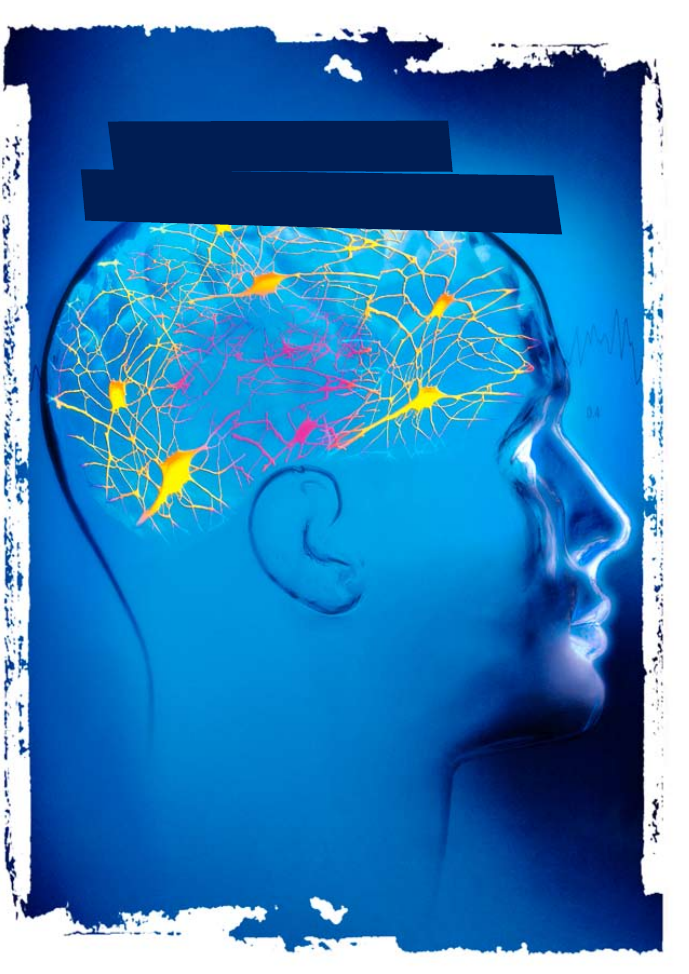ВУЗ: Не указан
Категория: Не указан
Дисциплина: Не указана
Добавлен: 07.04.2021
Просмотров: 628
Скачиваний: 1

4
4
• economic convergence, through multi-
lateral surveillance of member states’ eco-
nomic policies.
The
second stage
began on January
994. It provided for :
• establishing the European Monetary In-
stitute (EMI) in Frankfurt. The EMI was made
up of the governors of the central banks of
the EU countries;
• independence of national centra banks;
• rules to curb national budget deficits.
The
third stage
was the birth of the euro.
On January 999, countries adopted
the euro, which thus became the common
currency of Austria, Belgium, Finland, France,
Germany, Ireland, Italy, Luxembourg, the
Netherlands, Portugal and Spain. (Greece
joined them on January 200). From this
point onwards, the European Central Bank
took over from the EMI and became respon-
sible for monetary policy, which is defined
and implemented in euros.
Euro notes and coins were issued on Janu-
ary 2002 in these 2 euro area countries.
National currencies were withdrawn from
circulation two months later. Since then,
only the euro has been legal tender for all
cash and bank transactions in the euro area
countries, which represent more than two
thirds of the EU population.
b. The convergence criteria
Each EU country must meet the five con-
vergence criteria in order to go to the third
stage. They are:
•
price stability:
the rate of inflation may
not exceed the average rates of inflation of
the three member states with the lowest in-
flation by more than .%;
•
interest rates
: long-term interest rates
may not vary by more than 2% in relation to
the average interest rates of the three mem-
ber states with the lowest interest rates;
•
deficits:
national budget deficits must
be below % of GDP;
Ljubljana’s market traders swapped the Slovenian tolar for the euro on 1 January 2007.
© Janez Skok/Corbis

Europe in 12 lessons
•
public debt:
this may not exceed 0%
of GDP;
•
exchange rate stability:
exchange rates
must have remained within the authorised
margin of fluctuation for the previous two
years.
c. The Stability and Growth Pact
In June 99, the European Council adopt-
ed a Stability and Growth Pact. This was a
permanent commitment to budgetary sta-
bility, and made it possible for penalties
to be imposed on any country in the euro
area whose budget deficit exceeded %.
The Pact was subsequently judged to be too
strict and was reformed in March 200.
d. The Eurogroup
The Eurogroup is the informal body where
the finance ministers of the euro area coun-
tries meet. The aim of these meetings is to
ensure better coordination of economic poli-
cies, monitor the budgetary and financial
policies of the euro area countries and rep-
resent the euro in international monetary
forums.
e. The new member states and EMU
New EU members are all due to adopt the
euro, when they are able to meet the crite-
ria. Slovenia was the first of countries from
the 2004-enlargment to do so and joined
the euro area on January 200.
The euro: the common currency for over 310 million people in the EU.
© Creativ Studio Heinem/Van Parys Media

.8. Towards a knowledge-based society
8. Towards a
knowledge-based society

Europe in 12 lessons
At the beginning of the 990s, two great
changes began transforming economies
and daily life throughout the world, includ-
ing Europe. One was the emergence of a
globalised economy as economies every-
where became increasingly interdependent.
The other was the technological revolution,
including the internet and new information
and communication technologies.
Priority on growth and jobs
• The Union intends to respond to globalisation by making the Europe
an economy more competitive (liberalisation of telecommunications,
services and energy).
• The Union is supporting the reform programmes of member countries
by making it easier to exchange ‘best practice’.
• It seeks to match the need for growth and competitiveness with
the goals of social cohesion and sustainable development which are
at the heart of the European model.
• The EU Structural Funds will spend more on training, innovation
and research, in the 2007–13 budget period.
Europeans have to be equipped for today’s job market.
© IMAGEMORE Co, Ltd/Getty Images

8
8
I. The Lisbon Process
a. Objectives
By the year 2000, EU leaders were well
aware that the European economy needed
thorough modernisation in order to com-
pete with the United States and other major
world players. Meeting in Lisbon in March
that year, the European Council set the EU
a new and ambitious goal: to become, by
200, ‘the most competitive and dynamic
knowledge-based economy in the world, ca-
pable of sustainable growth with more and
better jobs and greater social cohesion’.
b. The strategy
The European Council also agreed on a
detailed strategy for achieving this goal.
The ‘Lisbon strategy’ covers a whole range
of areas, such as scientific research, educa-
tion, vocational training, internet access and
online business. It also covers reform of Eu-
rope’s social security systems. These systems
are one of Europe’s great assets, as they
enable our societies to embrace necessary
structural and social changes without exces-
sive pain. However, they must be modern-
ised so as to make them sustainable and so
that their benefits can be enjoyed by future
generations.
Every spring, the European Council meets to
review progress in implementing the Lisbon
strategy.
II. Closer focus
on growth and jobs
The European Council in spring 200 did
not attempt to hide the fact that, six years
after its launch, the results of the Lisbon
process have been mixed. As a result, it de-
cided to address the problem of continuing
high unemployment in many EU countries
and refocus the EU’s priorities on growth
and jobs. If it is to make its economies more
productive and increase social cohesion, Eu-
rope must continue to concentrate its efforts
mainly on raising economic performance, in-
novation and improving its people’s skills.
Tomorrow’s pensioners need social security which must be prepared today.
© Javier Larrea/Van Parys Media